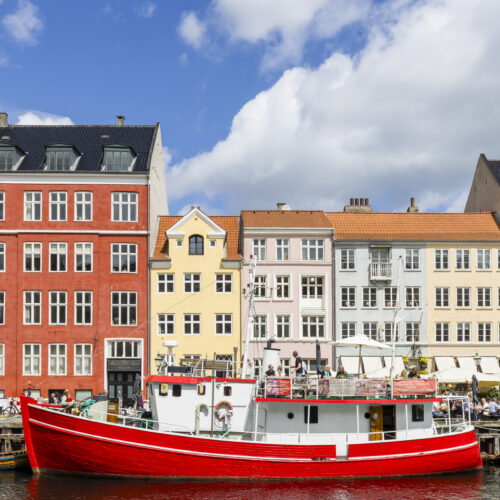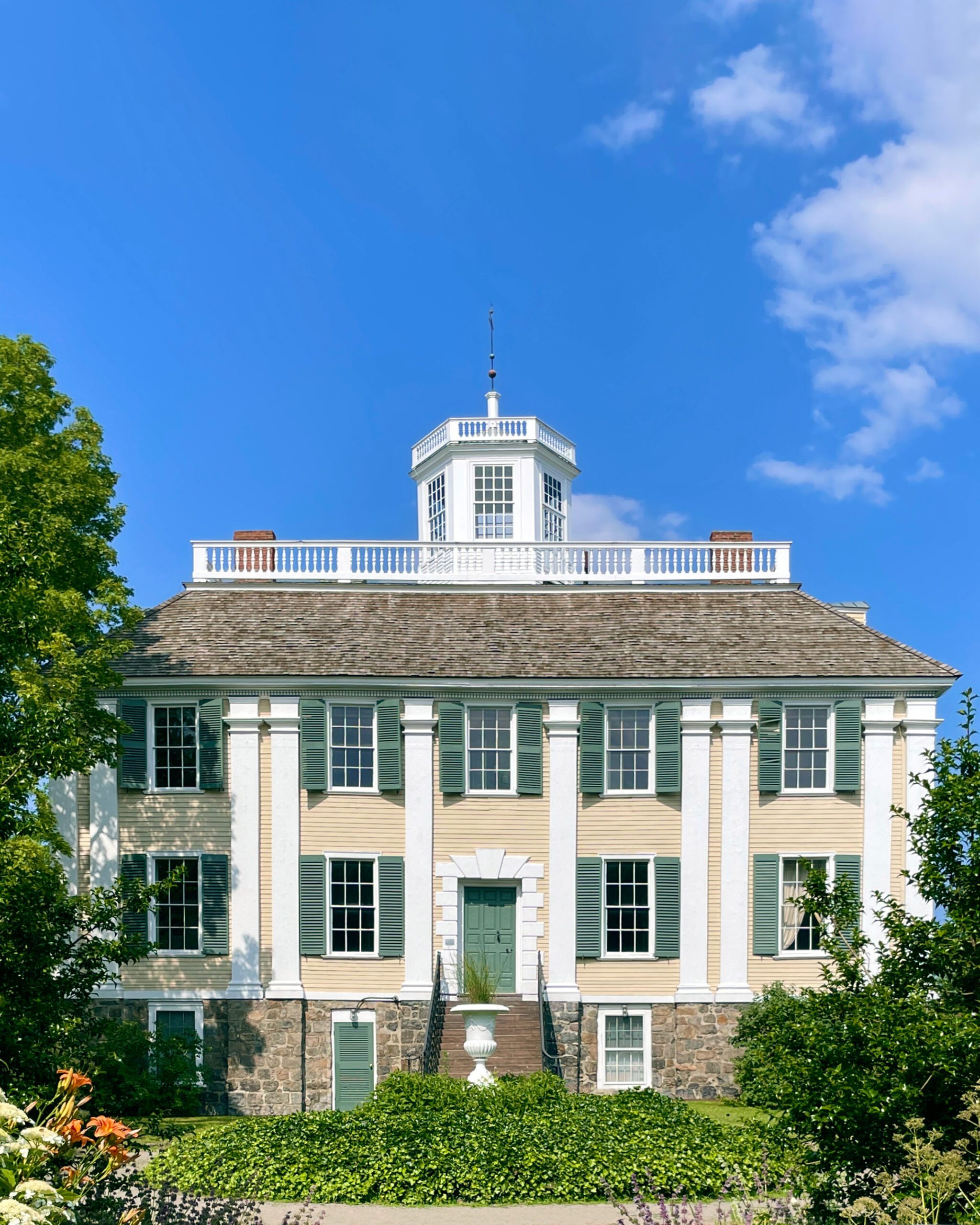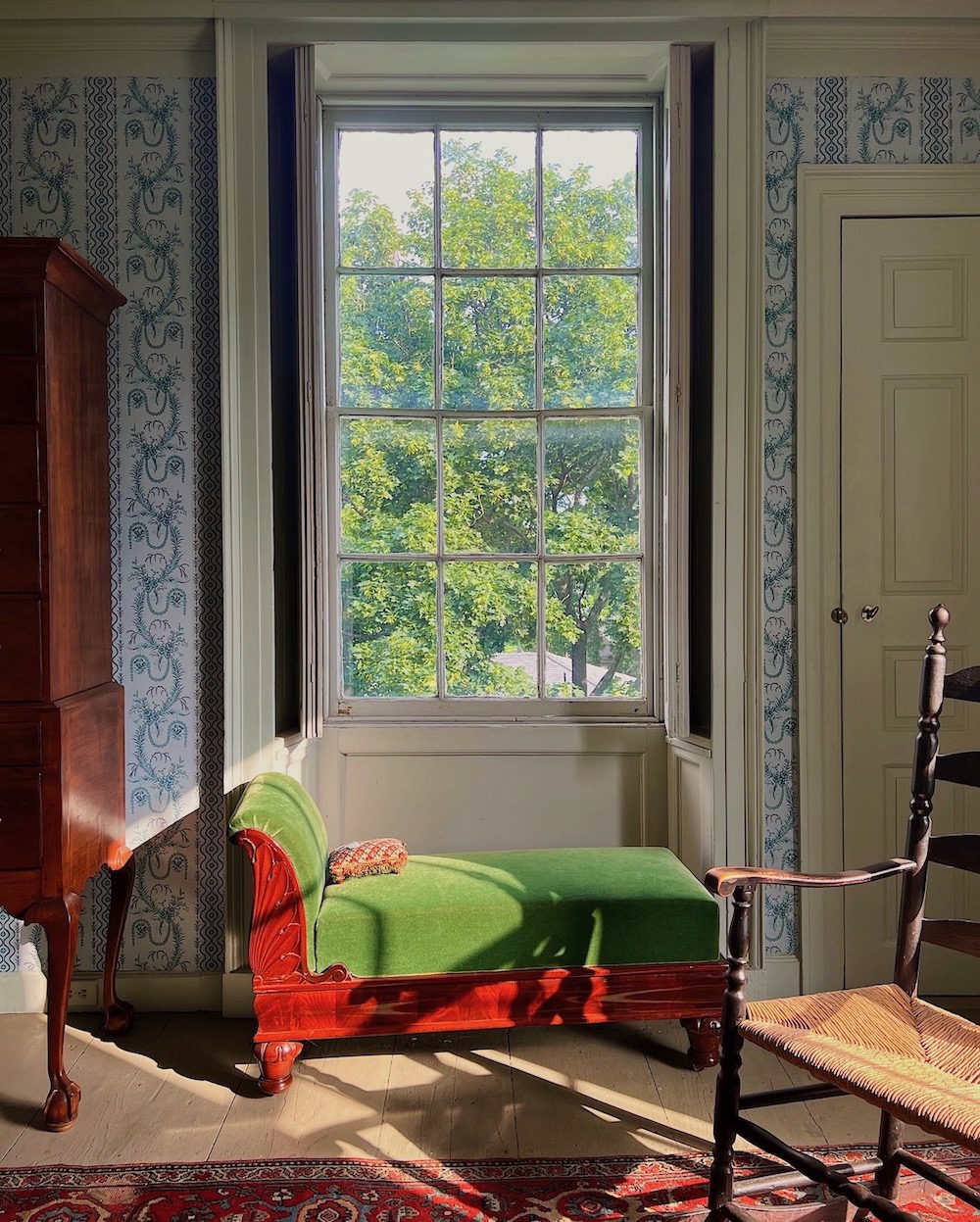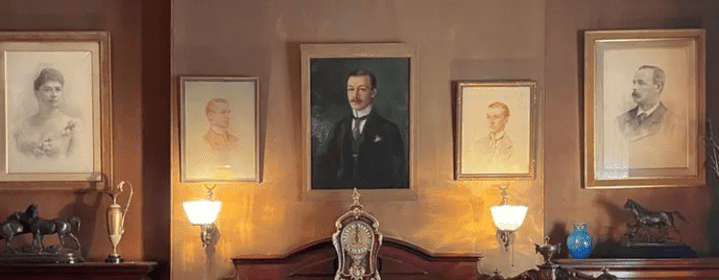While the state of Massachusetts does not have an official governor’s residence, one home has been host to two of them–ruling under different flags, of course. The house was built at a time when Roxbury was still just a rural town on the outskirts of Boston, and if these walls could speak, they would whisper centuries of Old Bay State history.
Constructed between 1746-1749, the symmetrically-shaped estate’s design is attributed to Peter Harrison, an architect known for bringing the Palladian style to North America. The columned structure was to be the summer estate of William Shirley, one of the last Royal British Governors of the Massachusetts colony before the American Revolution. Seeking respite from the bustling harbors of Boston, Shirley and his family would settle in the spacious building until his transfer to the Bahamas. While enjoying the island beaches, Shirley probably would not have imagined his home would become one of the last remaining Royal mansions in the present-day United States.
Passing through a few owners (and beginning life in a new country), the bright yellow abode was purchased by William Eustis, then serving as Secretary of War under President James Madison. Eustis would go on to be elected Governor of Massachusetts in 1823, once again making the house in Roxbury home to the leader of the surrounding territory. It was at this time, under William and his wife Caroline, that the home was refurbished in the Federal Style, upgrading it to the fashions of the era with fanciful wallpapers and reorganization of its rooms. When the newly appointed governor passed away in 1825, his widow Caroline continued to live in the home for much time after, until her death in 1865. Divided into apartments soon after Caroline’s passing, the home would never officially be a single residence again.
At the turn of the century, interest in buildings associated with America’s infancy grew, and the Shirley–Eustis House Association was founded in 1913 to protect and preserve the deteriorating structure that now sat abandoned. Over the course of the 20th Century, work was done to begin the long journey of restoring the property, culminating with a thorough renovation in the 1980s. Returning the home to its Federal-style look using archival documents as well as findings during the restoration, the Shirley-Eustis house finally snapped back to its grand form. The only detail that might confuse its old inhabitants is its location–it was moved 60 feet to make way for Shirley Street.
Featuring a large lawn perfect for tea parties, an orchard, and gardens, the house opened to the public in 1991, winning a Boston Preservation Alliance award for the best restored small-scale structure in the city. Now a working museum, members of the Shirley-Eustis Association govern the old mansion, continuing work and study on the estate’s history. Recently, the group has brought new light on the ground as once being the home of enslaved peoples under Shirley. Not often discussed in the history of Massachusetts, the association has worked to share these stories as well as purchase an old outbuilding across the street, now thought to have been where the enslaved were housed.
From leading the public to now serving its neighbors, the Shirley-Eustis House is now a place for the whole community, not just those governing it.






























